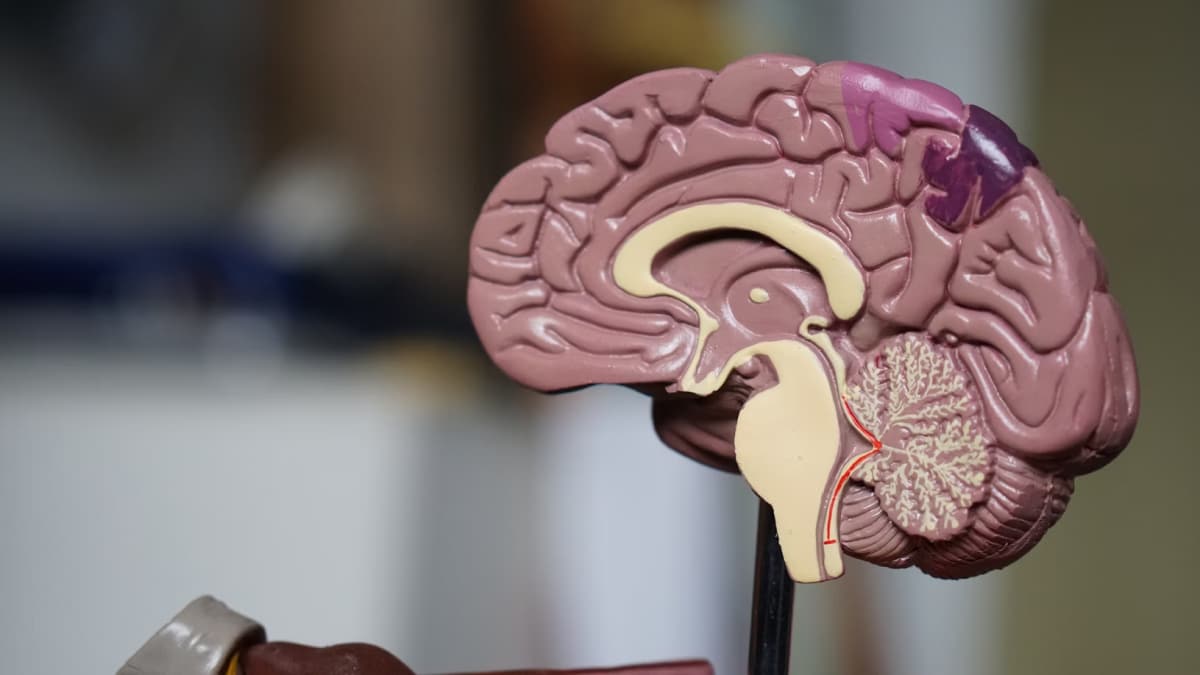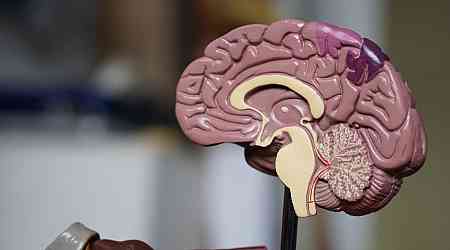Brain ageing patterns that could be indicative of a neurodegenerative disease or brain atrophy have been discovered by a study. As many as five such patterns have emerged after an extensive analysis of nearly 50,000 brain scans, the study claimed. Conducted by researchers using advanced machine-learning techniques, this study provides new insights into the complex ways in which the brain deteriorates over time. The findings could significantly aid in the early detection of conditions such as dementia and Parkinson's disease by identifying these patterns at an early stage, potentially leading to improved predictive tools and preventive measures.
Machine Learning Sheds Light on Brain Degeneration
Published in Nature Medicine on 15 August 2024, the study employed a deep-learning algorithm known as Semi-Supervised Representation Learning via GAN (Surreal-GAN), where GAN stands for generative adversarial networks. This algorithm was trained on MRI scans from over 10,000 individuals, including both healthy participants and those with cognitive decline.
Surreal-GAN enabled the detection of subtle changes in brain anatomy that are often imperceptible to the human eye. By recognising recurring features in the MRI scans, the algorithm developed a model to identify anatomical structures that change concurrently, revealing the five distinct patterns of brain degeneration.
Patterns Linked to Lifestyle and Genetic Factors
In addition to identifying these patterns, the researchers discovered significant links between them and various lifestyle factors, such as smoking and alcohol consumption, as well as genetic markers associated with overall health. This connection suggests that physical health has a profound impact on brain health. For instance, the study found that three of the five patterns were associated with dementia and mild cognitive impairment. Interestingly, one specific pattern was highly predictive of future brain degeneration, offering valuable insights for early intervention.
Implications for Early Detection and Treatment
These findings present new opportunities for early diagnosis and intervention in neurodegenerative diseases. Understanding how these patterns develop over time allows researchers to devise better strategies for monitoring brain health and potentially slowing the progression of these conditions.
While the study can be impactful, it does have limitations, such as the need for a more diverse dataset encompassing a broader range of neurological conditions and a more varied population sample in terms of race and ethnicity.
Overall, this research marks a significant advancement in the field of neuroimaging and offers hope for more effective management of brain health. By highlighting the associations between brain atrophy patterns and lifestyle factors, the study underscores the importance of maintaining overall physical well-being to preserve neurological health. As future research builds on these findings, there is potential for developing more precise diagnostic tools and treatment strategies for neurodegenerative diseases.
































